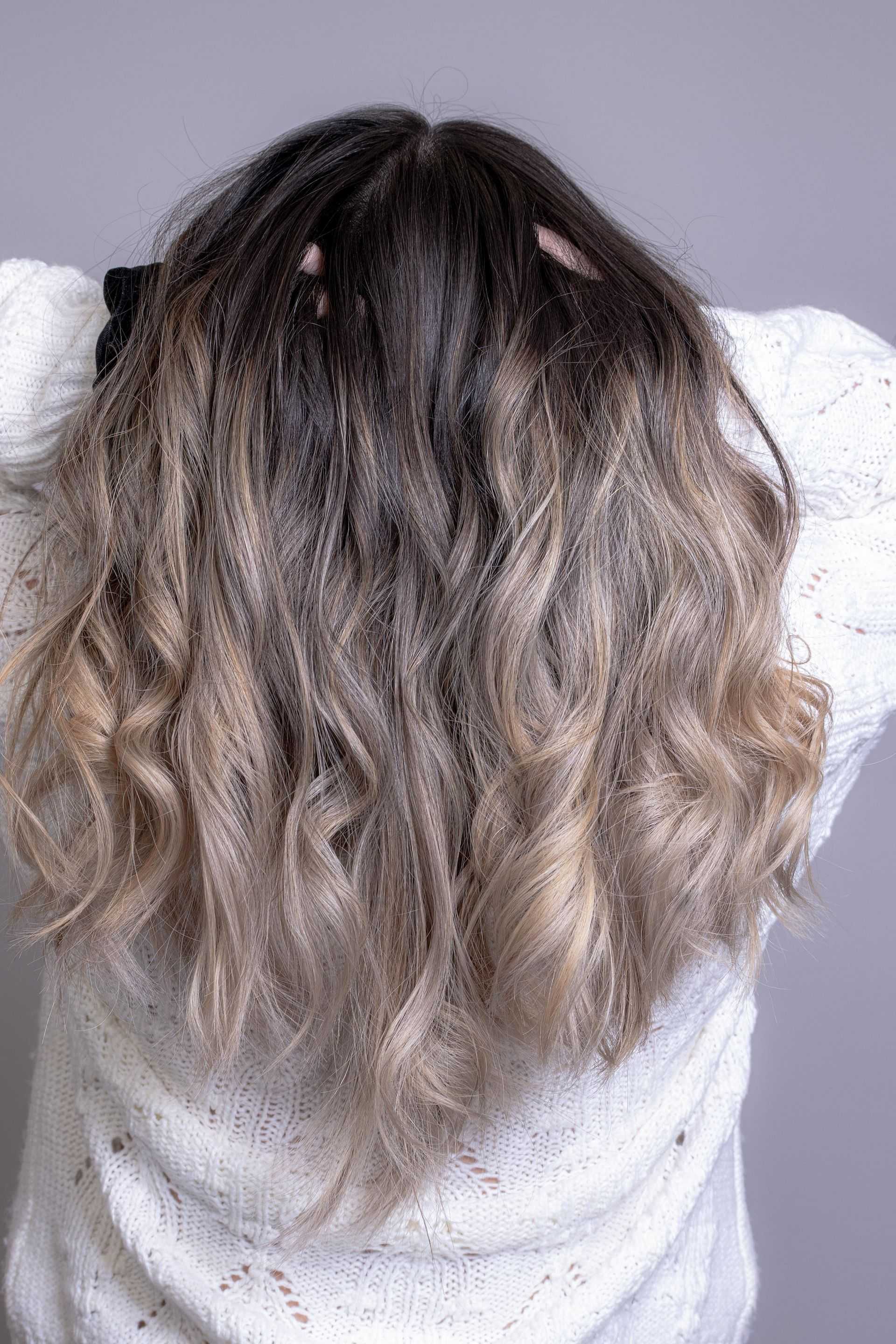Hairstyling has been a significant aspect of human culture since ancient times. And through the centuries, different hair dyeing techniques have emerged, giving people the opportunity to customize their hair colors and styles to fit their tastes or personality. In today’s modern world, two trending hair dyeing techniques are Balayage and Ombre; however, many people use the terms interchangeably, which is a mistake. Here in this post, we aim to help you understand the difference between Balayage and Ombre hair.
What is Balayage Hair?
Balayage is a French word that means “sweeping.” As its name suggests, it is a dyeing technique in which the colorist strategically “sweeps” a lightening product onto the hair, creating a natural-looking, sun-kissed effect. Balayage is achieved by hand-painting the color onto the hair, section by section. With this technique, the colorist can place the color where they want it, creating a more customized look.
Benefits of Balayage
One of the biggest benefits of Balayage is its low-maintenance qualities. As it highlights specific sections of your hair, it naturally grows out without any harsh lines, so you won’t need to visit your hair salon every few weeks to maintain the color. Another benefit of Balayage is that it gives the hair a more natural, sun-kissed look, making it perfect for summertime hair.
What is Ombre Hair?
Ombre is another French term, meaning “shade” or “graduation.” Ombre is characterized by a gradient-like effect in which hair transitions from one color to another, usually from dark to light or vice versa. Typically, hair starts with a dark color at the roots and gradually fades out to a lighter color towards the ends. Ombre also allows for a more natural-looking grow-out, much like Balayage.
Benefits of Ombre
One of the main advantages of Ombre hair is that it is low-maintenance. Since the color is graduating and not a solid color, it grows out more naturally, meaning fewer trips to the hair salon. Ombre also offers versatility in the hair color department because it can be applied to any hair color, texture, or style. This dyeing technique can be done with bold and dramatic colors or subtle hues, depending on your preference.
The Main Difference Between Balayage and Ombre Hair
The biggest difference between Balayage and Ombre hair is where and how the color is placed. Balayage focuses more on the placement of the color and mimics the natural way your hair would be sun-kissed. It uses a hand-painting technique, making it a customized approach to hair color. On the other hand, Ombre focuses more on a gradient effect transitioning from one color to another, usually from dark to light or vice versa.
Another significant difference between Balayage and Ombre is the level of maintenance required. Since Balayage is strategically placed, it naturally grows out, leaving zero harsh lines to touch up. It generally takes around six months to a year before you’d need to visit the salon for a touch-up. However, with Ombre hair, the roots and the ends all require touch-ups at the same time since the color is transitioning from dark to light, necessitating a salon visit every few months.
Which One is Right for You?
When deciding between Balayage and Ombre hair, consider the following factors:
1) Hair texture and type: Balayage is best suited for women with straight or wavy hair, while Ombre can work with most hair textures.
2) Color preference: If you love the sun-kissed look, Balayage is the better option. If you’re looking to add a dramatic or subtle gradient effect to your hair, Ombre is perfect for you.
3) Maintenance requirements: If you’re looking for a low-maintenance hair color, Balayage is the better choice. If you’re willing to put in the extra effort, Ombre can work for you.
Conclusion
There are many differences between Balayage and Ombre hair. Balayage is known for its customized hand-painting technique, creating a natural-looking, sun-kissed effect on the hair. Ombre creates a gradient-like effect that allows your hair to transition from one color to another, usually from dark to light or vice versa. Each technique has its benefits and maintenance requirements, so consult with your hairstylist to see which method best suits your hair and lifestyle needs. With the right dyeing technique, your hair can level up, adding dimension and style to your overall look.

